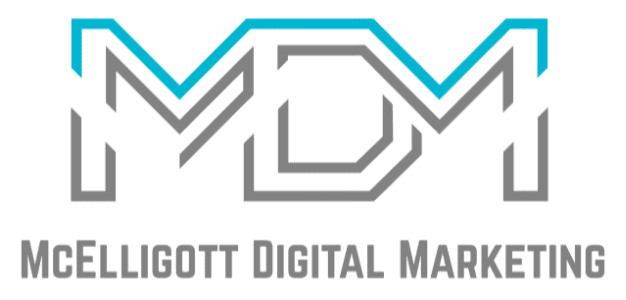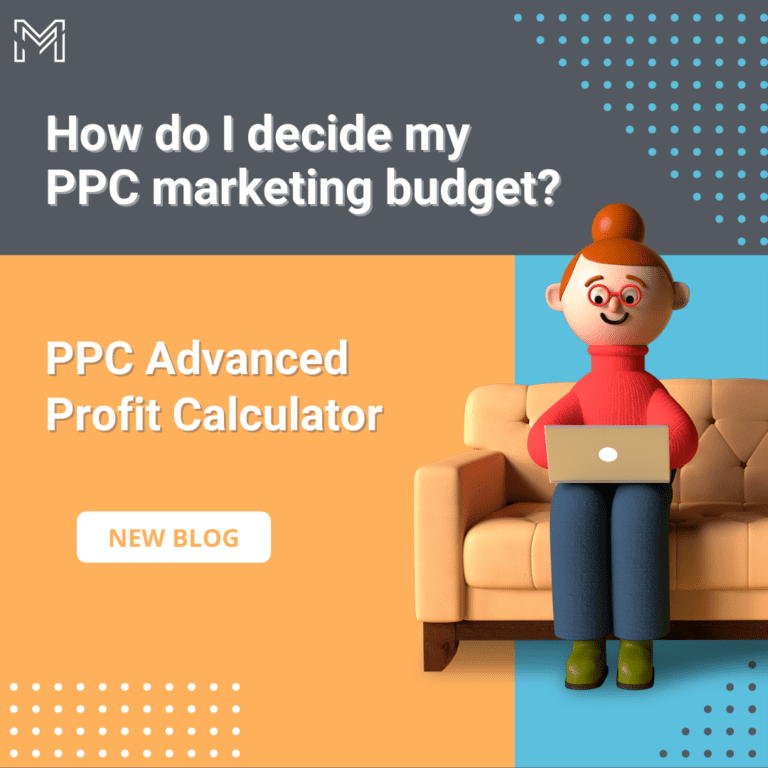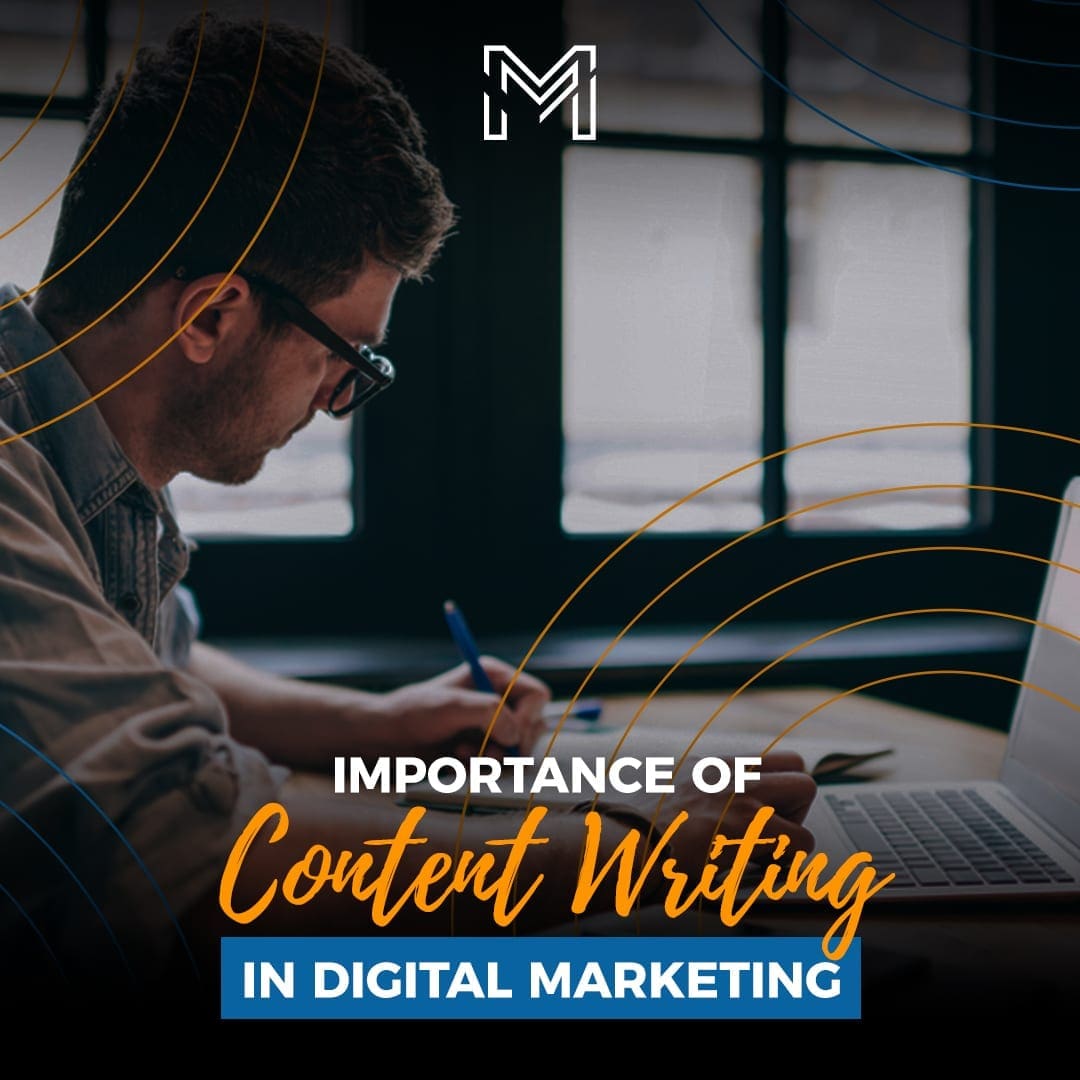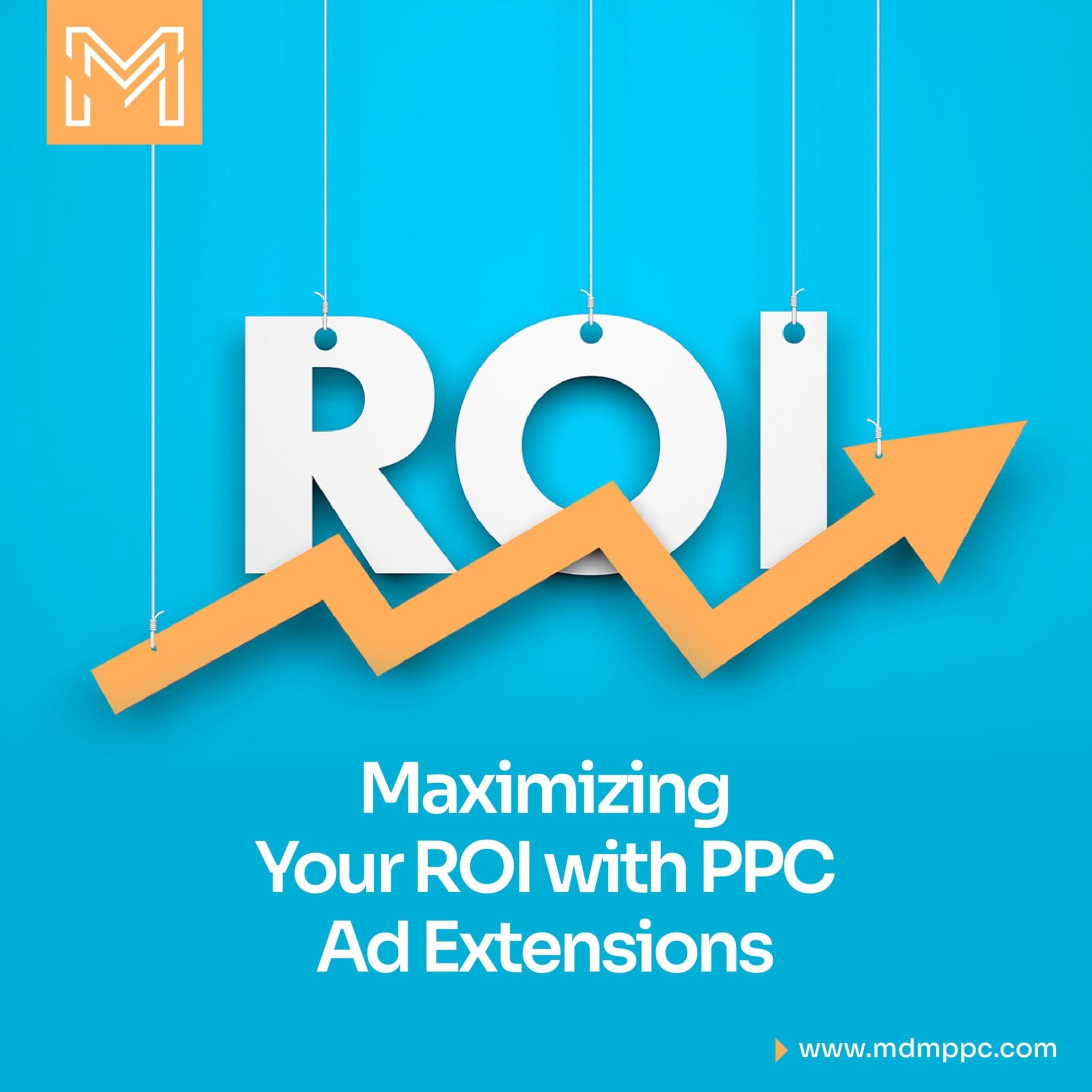Spend money to make money- the simplest principle in PPC marketing? But how do you calculate the amount you are spending?
Your PPC budget- both monthly and yearly, is a crucial part of your ultimate PPC strategy. So no matter if you’re a beginner in PPC marketing or a seasoned player, it always pays off to calculate if your PPC spend is profitable or not.
Here you might ask two things-
- How much am I spending?
- How much do I make out of the spending?
And a PPC advanced profit calculator is the thing you were looking for to find out whether your PPC efforts are profitable!
When I say advanced, it doesn’t mean complex at all; instead, it’s super easy to execute while counting in every metric of pay-per-click advertising.
McElligott Digital Marketing team took it up a notch by making the PPC budgeting scalable for Facebook, Bing, and Google- Search Campaign and Display Campaign in a single layout.
That means you can check how your ads will perform on different platforms with the collected metrics.
Here’s the thing. A minimal ad budget cuts the volume of engagements, meaning you might not scale good profitability, and spending heavily on ads doesn’t necessarily mean that you are beating the competition on platforms.
So how exactly and what amount should you be spending on your PPC marketing campaigns?
To address this, we will understand the factors in deciding your PPC budget.
Factors in determining PPC advertising budget
1. Lead Needs
Let’s ask two guiding questions right here to make it simpler ahead.
- Scoring how many leads per month are you satisfied with?
- How far can your spending stretch to get a lead, knowing your price point?
Did you realize we are talking about Target CPL (cost per lead) here!
Your cost per lead depends at large upon your target audience.
This is so because some audiences are costlier than others, meaning you will find a company executive on the high pay end (say $100) rather than a freelance media person, say ($25).
Also, the cost per lead factor depends on the platform you are willing to run your ads on.
As it happens, LinkedIn ads incur a greater CPL than say ads you run on Facebook or Instagram. LinkedIn promising a better quality of leads is the reason behind this.
Now let’s talk about how CPL varies with the type of content you want to promote and your CTA (call to action). Take an example of a demo and a webinar. Guess which one is going to be pricier for you?
A demo requires one-on-conversation, and it is a harder sell than a webinar which, on the other hand, provides an added value of learning something to the prospects. Evidently, a demo will have a high cost-per-lead while registering for a free-of-cost webinar session will have a much lesser CPL.
2. Platform
The choice of platform is an important factor in PPC. Targeting is always preferred according to the niche, though most platforms can go with any type of industry.
Google Adwords, the advertisement network of Google, comes in the category of search PPC. Publishers on this platform can target the SERPs as well for their PPC Adwords advertisers.
Yahoo Bing ad network, a joint venture of Yahoo and Bing, allows publishers to earn revenue by placing contextual ads on their websites.
In the category of social PPC, can any platform boast more social reach than the advertisement system of Facebook? Nah, and it’s Meta now! (If you too still call it Facebook, well, a virtual high five!)
McElligott PPC profit calculator allows you to pick your choice of platform and check your ROI on each at the same time!
3. Keywords
While looking for your products or services, what search terms are your potential buyers most likely to use?
The answer to this question is simple when you are in an e-commerce business, or you are selling only limited products.
But what if your product or services are part of a niche market ( for example- ‘shoes for nurses’ is a niche market in a larger market of women’s shoes)- quite the opposite to jack of all trades, master of none? Well, not so simple now, eh?
In that case, you will want to choose keywords that catch the interest of the buyer and their immediate intent to purchase the product.
Let’s make it easier by choosing from the different types of keywords based on your lead funnel. The image below explains it better.
Image credit: ahrefs
Low-funnel keywords: These keywords are raised if you are in the eCommerce industry. They have a higher Quality Score but more competition too.
High-funnel keywords: These are the keywords or say search terms that the customers look for while they still haven’t made up their mind about buying the product. High-funnel keywords are low on Quality Score and have higher costs.
Branded keywords: These keywords are phrases that use brand names, specific products or services, variations of a brand name, and they are good for raising account click-through rates.
If you do not have a brand, then the branded search can be lowered.
4. Search Volume Trends
Search volume refers to the number of people looking for your product at any given time. If this value is not sufficient, Google might not even show your ads on its platform.
Since the search volumes of the keywords that you are using directly affect the number of times your ads will be shown, proper background research is important before running a PPC campaign.
But here’s the interesting part. Small businesses, in fact, can leverage the small search volume keywords as they have lesser competition. Building campaigns on these search terms could mean that your marketing goals are both attainable and lucrative.
But if you’re going for keywords with high search volume trends, then brace up for higher costs of the ads and higher competition for the same search terms. To sum up, you will need a higher initial investment if you want to position your brand for high search volume trends.
5. Industry
By industry, we are referring to the competition level in the industry where you’re operating your business.
If there is cutthroat competition in the market of products or services you are providing, your PPC ad budget also needs to be on the higher rung. Getting noticed by the audiences for your products with the bang of competition is a task. Therefore, it directly affects your ad budget.
If there is less competition, or you’re handing out products to the people in which not many competitors are involved, your company needs not to invest much in marketing.
6. Monthly ad spend
On the 1st of June, 2021, Google gave a massive gift to the advertisers who were managing multiple ads and trying their level best to keep an upper cap on the monthly ad spend.
Google announced that advertisers could place monthly budget limits at the account level.
Understand the monthly ad spend as the maximum amount of money that could be used for running campaigns in a month. Monthly ad spend overrides the daily budget to cap it at a certain level. This gives advertisers control over their monthly ad spend in actual terms.
But wait, does it mean that daily budget and monthly ad spend have to work separately?
No, you can set daily budgets at a regular campaign level, and on top of that, you can put a cap on monthly ad spend limits.
You can simply plug in your monthly budget in McElligott PPC advanced profit calculator and instantly see varying degrees of results.
7. Product Life Cycle Stage
A newer company needs more frequent advertising than the already established ones. A company just entering the market has to keep initial investment in ads high to break into the space where existing players are already thriving.
As the customers are not aware of the products or services you’re providing, you will need more intensive advertising than your existing competitors to familiarize and educate your customers.
The companies which have reached the maturity stage simply diversify their ad needs and reduce the overall cost structure. At this stage, maintaining the sales is the motive force behind the ads.
8. Conversion Rate
For Larry Kim at WordStream, the industry average conversion rate hangs around at a figure of 2.45%, while the top 25% of advertisers are converting at a rate of 5.31% or even more.
And the same figure is around 11.45% CR at landing pages for the top 10% of advertisers.
Image credits: wordstream.com
But McElligott Digital Marketing has helped its clients achieve conversion rates figures much higher than the top advertisers who are termed as ‘unicorns.’
We focus on optimizing the conversions both in pre-click and post-click phases to drive your CR up.
Brands we’ve been working with have immensely benefited from our PPC profit calculator tool. Whether it is optimizing your ad budget or running targeted ad campaigns with limited resources, the McElligott team has always been a step ahead of market changes to give an ROI boom.
Why not give it a try now? It’s a freebie! Let’s talk further.





